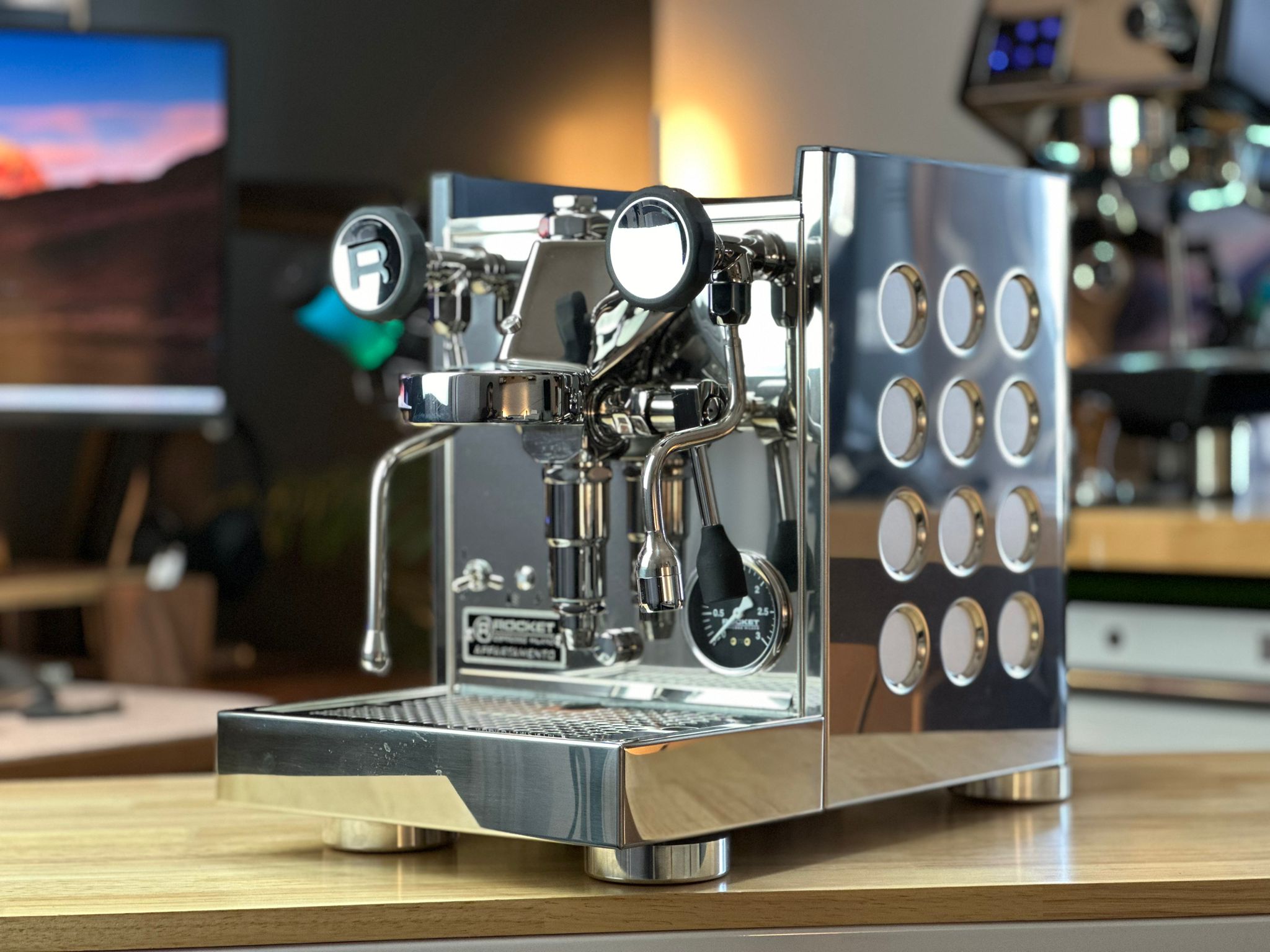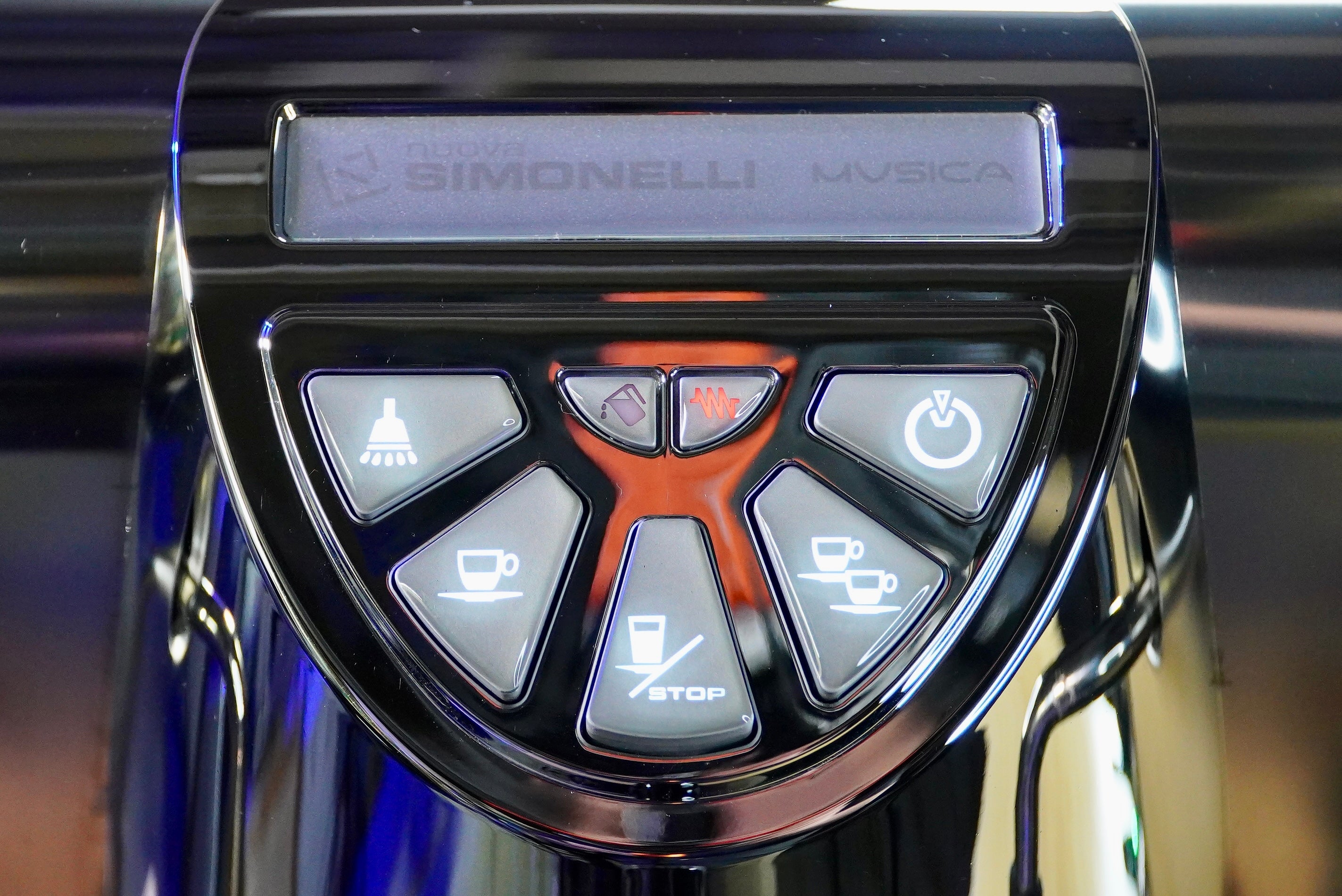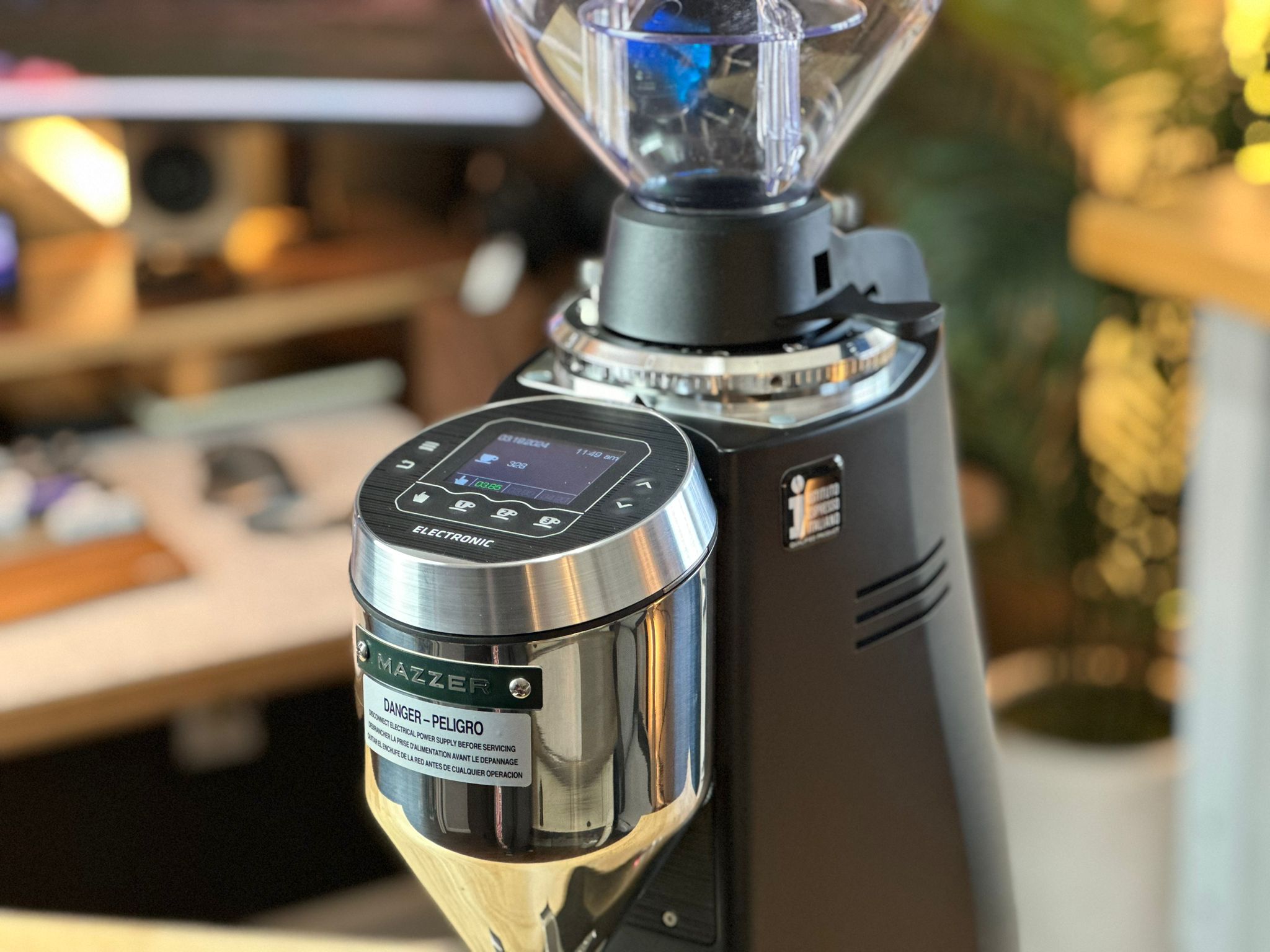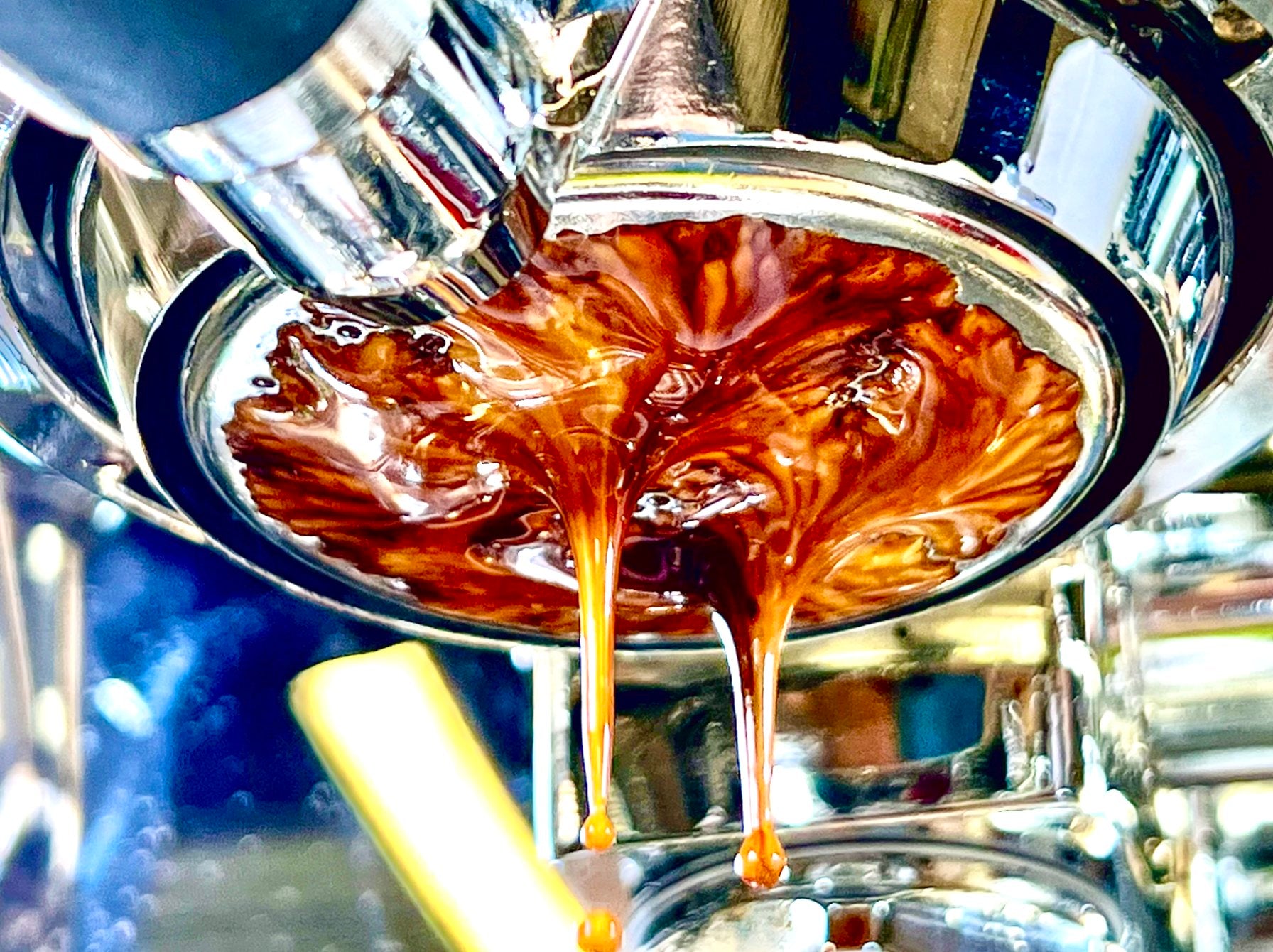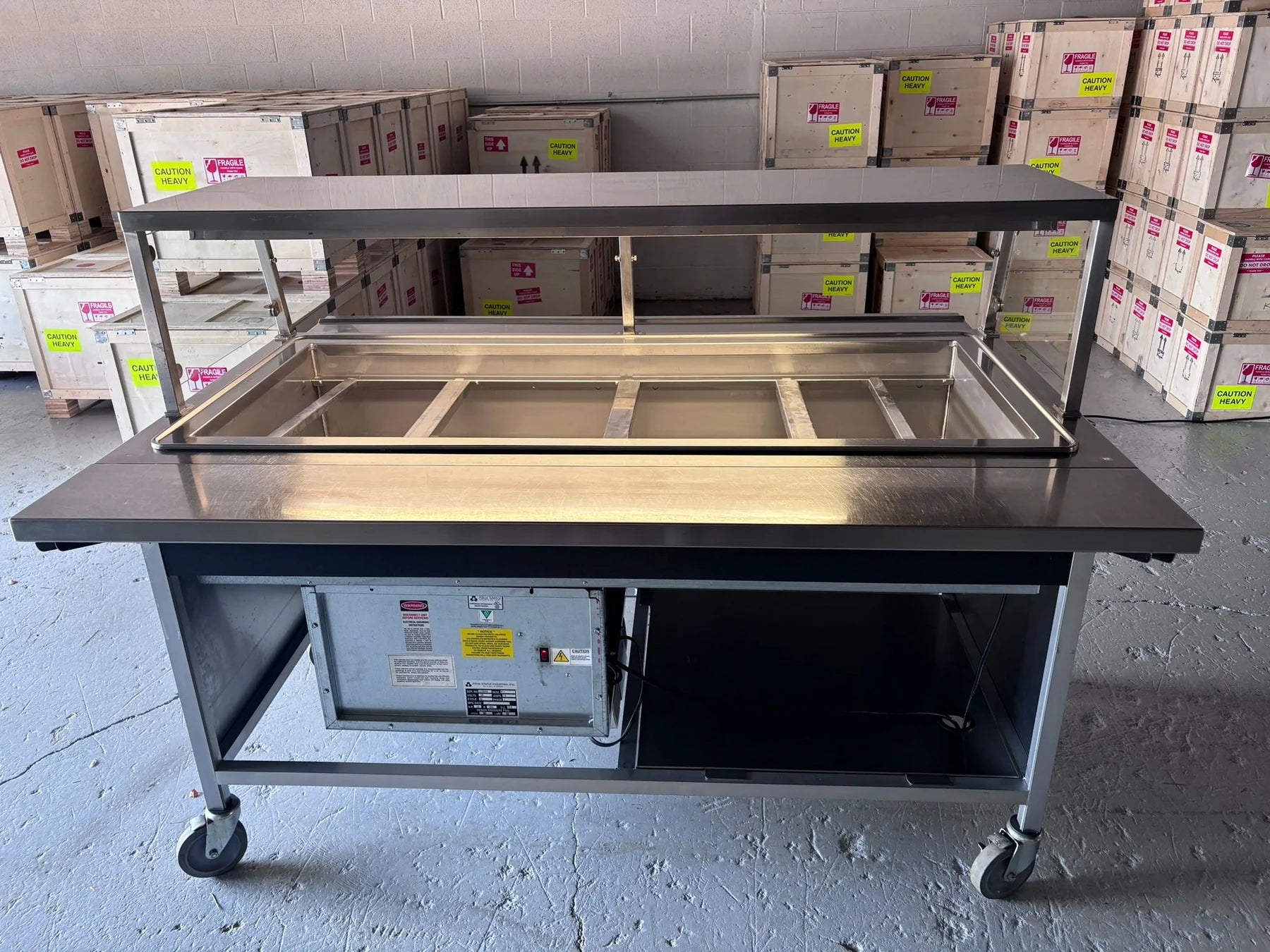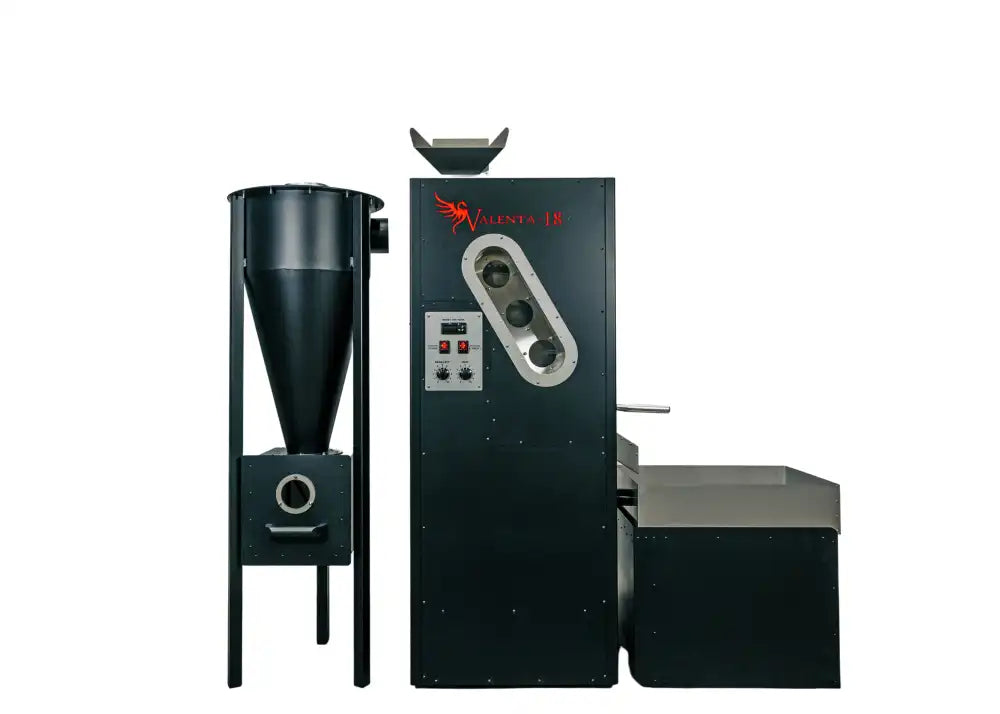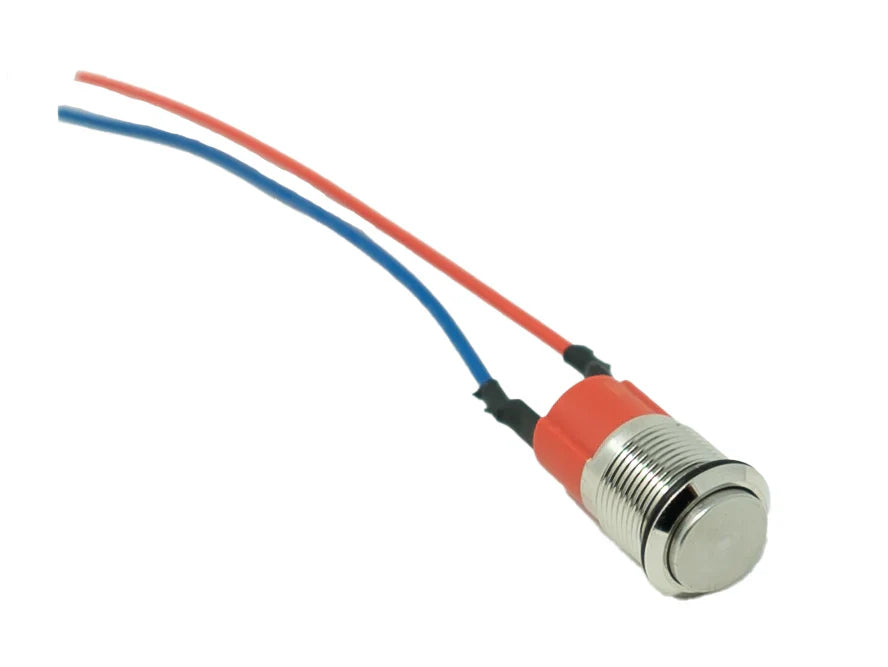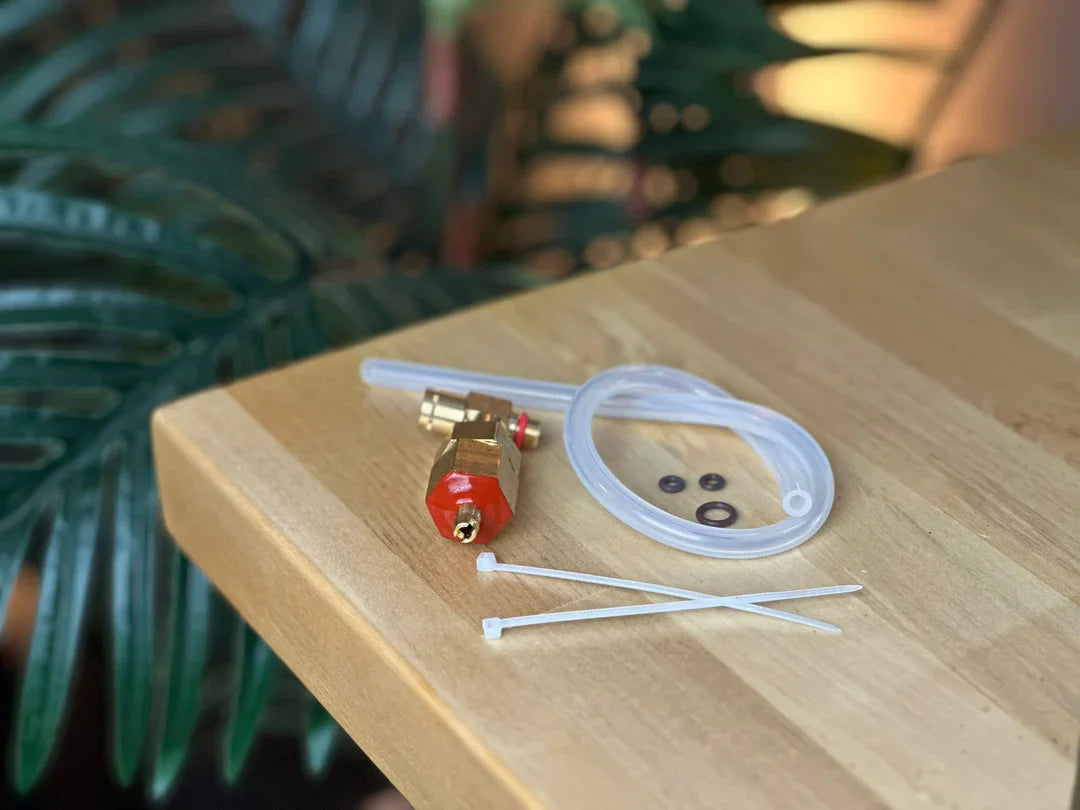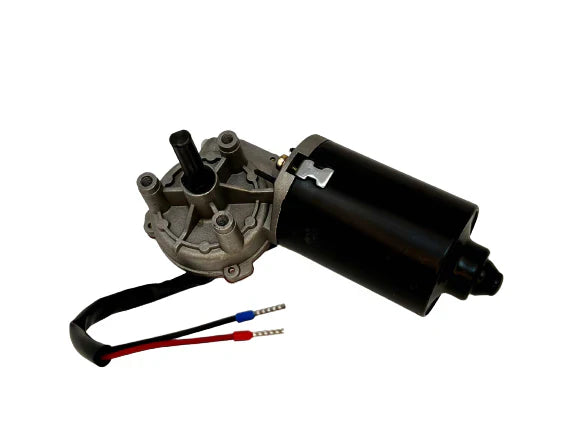Why does crema start to disappear from an espresso shot after extraction is completed?
Crema begins to disappear from an espresso shot after extraction due to several natural processes that occur once the shot is pulled. Crema is essentially a delicate emulsion made of carbon dioxide (CO₂), coffee oils, and water. Once the espresso is in the cup, these elements begin to break down. Here's why this happens:
1. Dissipation of Carbon Dioxide (CO₂)
Crema is primarily composed of carbon dioxide that is released from the coffee grounds during the high-pressure extraction process. When hot water is forced through the coffee grounds, the trapped CO₂ is released and forms tiny bubbles that rise to the surface, creating the foam-like crema.
-
Why it disappears: After the shot is pulled and sits in the cup, the CO₂ bubbles begin to dissipate because the pressure from the espresso machine is no longer present to maintain them. The bubbles start to pop and escape into the air, causing the crema to gradually thin out and vanish.
-
Effect of time: As the espresso cools and the CO₂ is released, the crema becomes less stable and breaks down, disappearing within a few minutes after extraction.
2. Emulsified Oils Breaking Down
The crema contains emulsified coffee oils that contribute to its texture and flavor. These oils are suspended in the liquid through the process of emulsification, which occurs under the high pressure of espresso extraction.
- Why it disappears: Once the pressure is removed, these oils begin to separate from the liquid and are no longer emulsified. As the oils break down, they lose their ability to hold the crema’s foam structure together. This results in the crema becoming thinner and eventually disappearing.
3. Cooling of the Espresso Shot
Temperature plays a role in maintaining the stability of crema. During extraction, the hot water (around 195°F to 205°F / 90°C to 96°C) helps to maintain the emulsion of gases, oils, and water.
- Why it disappears: As the espresso cools, the changes in temperature affect the surface tension and stability of the crema. Cooler temperatures reduce the emulsification of oils and the suspension of gas bubbles, causing the crema to break apart and dissolve into the espresso. The cooler the espresso gets, the faster the crema will disappear.
4. Surface Tension and Evaporation
Crema is made up of tiny bubbles that are trapped at the surface of the espresso. These bubbles are highly sensitive to environmental factors, especially evaporation and air pressure.
- Why it disappears: As the surface of the espresso is exposed to air, evaporation occurs. This changes the surface tension of the crema, causing the bubbles to burst. With less liquid supporting the structure of the crema, it will begin to disappear over time.
5. Size and Stability of the Bubbles
The crema is composed of a mixture of small and large bubbles. The size of these bubbles plays a role in how long the crema lasts.
-
Small bubbles: These are more stable and contribute to the smooth, velvety texture of crema. However, they eventually pop and release their gas over time.
-
Large bubbles: These are less stable and tend to burst more quickly, leading to faster dissipation of the crema.
-
Why it disappears: Larger bubbles are inherently less stable and pop quickly, causing the crema to thin out. As more bubbles pop, there is less volume to the crema, and the foam begins to fade.
6. Interaction with the Espresso Liquids
Crema is a foam layer sitting on top of a liquid, which is inherently unstable. As the crema interacts with the liquid espresso underneath, it begins to mix and break down.
- Why it disappears: As the crema sits on top of the espresso, some of the liquid from the espresso mixes into the crema, causing the bubbles to collapse. The foam starts to mix with the liquid espresso, which further reduces the stability of the crema and makes it disappear faster.
7. Impact of the Coffee Beans and Roast
The type of coffee bean and the roast level can affect how long the crema lasts after extraction.
-
Arabica beans: These beans produce a lighter and thinner crema that tends to dissipate faster because of their lower lipid and CO₂ content.
-
Robusta beans: These beans contain more CO₂ and lipids, leading to thicker, more persistent crema. However, even Robusta crema will eventually break down once the CO₂ has fully dissipated.
-
Why it disappears: Coffee with higher Robusta content may retain crema for slightly longer due to its higher gas and oil content, but even the thickest crema will start to disappear after a few minutes as the gas escapes and the oils break down.
Table Summary: Why Crema Disappears After Extraction
| Factor | Reason for Disappearance |
|---|---|
| Carbon Dioxide Dissipation | CO₂ bubbles escape into the air after pressure is released, causing the crema to thin out and vanish. |
| Emulsified Oils Breaking Down | Once the pressure is gone, coffee oils separate from the liquid, leading to the breakdown of crema. |
| Cooling of the Espresso Shot | As the espresso cools, changes in temperature reduce crema stability, causing it to disappear. |
| Surface Tension and Evaporation | Exposure to air causes evaporation and changes in surface tension, leading to the collapse of crema. |
| Bubble Size and Stability | Larger bubbles pop faster, reducing the volume of the crema, while smaller bubbles eventually collapse. |
| Interaction with Espresso Liquids | Crema mixes with the liquid espresso underneath, causing the foam to break down and disappear. |
| Coffee Bean and Roast Impact | Arabica beans produce lighter crema that fades faster, while Robusta beans create thicker, longer-lasting crema. |
How to Prolong Crema
While crema will inevitably disappear, there are a few steps you can take to prolong its appearance:
-
Use Fresh Coffee Beans: Freshly roasted coffee beans, within 2-3 weeks of roasting, retain more CO₂ and oils, leading to a thicker crema that lasts longer.
-
Choose Robusta-Heavy Blends: If you want crema that lasts longer, opt for espresso blends that contain a percentage of Robusta beans, as they produce more crema than Arabica.
-
Preheat Your Cup: Using a preheated cup will slow down the cooling process, which can help keep the crema stable for a bit longer.
-
Drink Espresso Quickly: Crema naturally dissipates within minutes after extraction, so it’s best to enjoy your espresso while the crema is still intact. Drinking it quickly preserves the flavor and texture of the crema.
Conclusion
Crema starts to disappear from an espresso shot after extraction due to the release of carbon dioxide, the breakdown of emulsified oils, the cooling of the espresso, and changes in surface tension. As the gases escape and the oils separate, the crema naturally thins out and vanishes within a few minutes. While it’s a temporary part of the espresso experience, crema plays an essential role in delivering rich flavor and texture during the first few sips.


